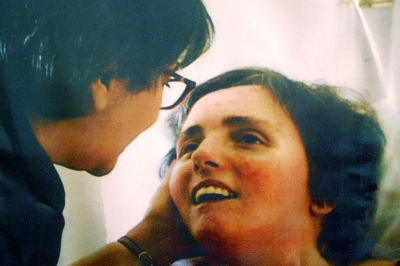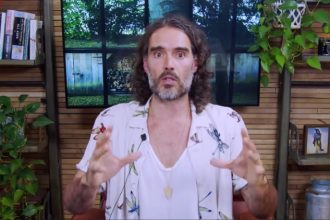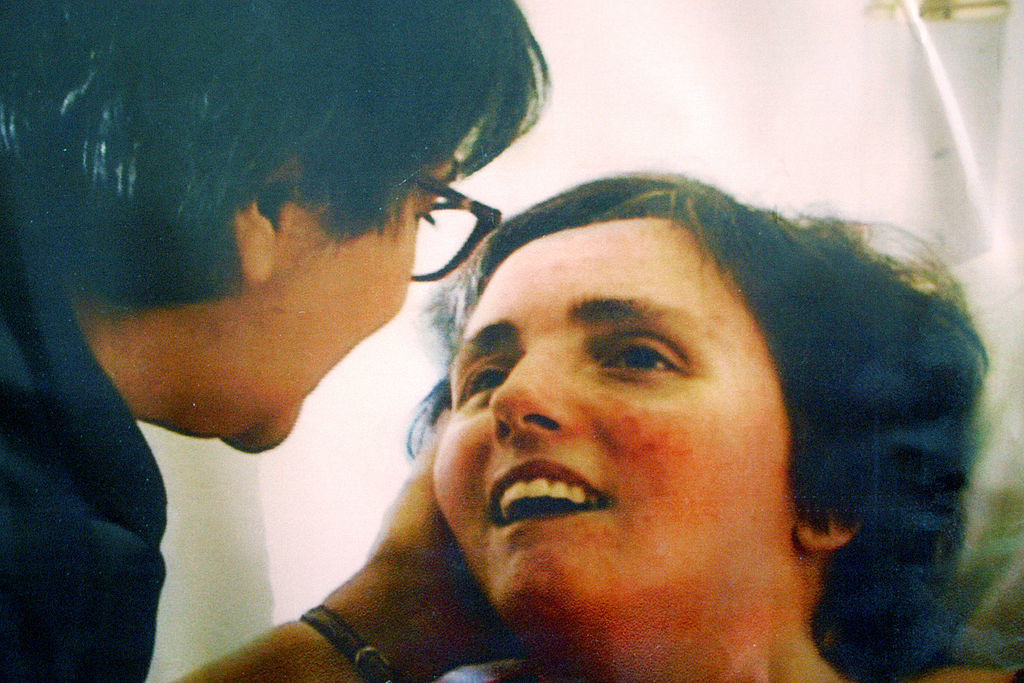
As I was reading the newspaper this past week, a headline caused a host of memories to come flooding back into my consciousness, “Terri Schiavo’s death 20 years ago sparked lingering debate about death and politics”. The article noted that this past March 31 marked the 20th anniversary of the death of Terri Schindler Schiavo on March 31, 2005.
The “Schiavo case,” as it came to be known, generated a huge “right-to-die” controversy that ultimately involved the then Governor of Florida, Jeb Bush, and his brother, then-President George W. Bush.
In February 1990, Terri Schiavo, then 26, suffered cardiac arrest, resulting in an oxygen-deprived coma. When Ms. Schiavo emerged from her coma several months later, she was in a “persistent vegetative state,” which required a feeding tube inserted in her stomach to provide hydration and nutrition.
However, unlike the overwhelming number of such cases, Terri was able to breathe and perpetuate her heartbeat without a heart-lung machine.
For several years, Terri’s parents, the Schindlers, and Michael Schiavo, Terri’s husband, supported doctors in trying to bring Terri back to full consciousness. Those efforts proved unsuccessful. By 1998, her husband Michael, her legal guardian, asserting that Terri had previously expressed a desire not to have long-term life support with little prospect of recovery, petitioned to have Terri’s feeding tube removed.
Terri’s parents, the Schindlers, vehemently disagreed and opposed their son-in-law in court. This resulted in a seven-year state and federal legal battle that ultimately involved President George W. Bush flying back to Washington to sign legislation that moved the case into the federal court system.
Finally, with all legal appeals exhausted, Terri Schindler Schiavo’s feeding tube was removed on March 18, 2005. Terri died 13 days later from dehydration and malnutrition.
The Schiavo case generated a national uproar for several reasons. Beyond the “right-to-die” debate between pro-life forces and the assisted suicide, “death with dignity” groups, you had the emotional debate between parents and spousal wishes.
The Schindlers, Terri’s parents and devout Catholics, were adamant that Terri would never have ended her life under such circumstances, thus contravening their son-in-law’s assertions. Complicating matters, Michael Schiavo was cohabitating with another woman he introduced as his wife and with whom he had fathered children. (After Terri’s death, he and this woman were married.)
Throngs of parents across the country were outraged that under these circumstances, the courts continued to give spousal rights preference over parental rights. I must confess, as a parent I was outraged that the state and federal courts would not allow parents to feed their child. (The Schindlers had previously offered to assume custody and all responsibilities for Terri’s care, to which Michael Schiavo refused to assent.)
Also complicating the debate was the fact that Terri was able to exist without assisted breathing. Pope John II, encapsulating Roman Catholic moral teaching, had defined the demand of hydration and nutrition (a feeding tube) as “euthanasia” by other means.
I agreed emphatically with John Paul II, as did the overwhelming number of Catholic and non-Catholic pro-life advocates.
Two personal stories illustrate the intensity of this debate. I was invited to be a guest on Meet the Press to discuss the Terri Schiavo controversy, along with Robert Drinan, a controversial Roman Catholic priest. In our debate, I quoted Pope John Paul II’s position that denial of hydration and nutrition was euthanasia. Drinan said, “Well, the Holy Father is wrong.” I responded, “I knew I could say that. I didn’t know you could.”
The other incident occurred the summer after Terri Schiavo’s death. I was invited to speak at a Chautauqua event in upstate New York about, among other things, “the Sanctity of Human Life from conception to natural death and everywhere in between.” During the question-and-answer period, I was asked directly about the Terri Schiavo case. I acknowledged that while I believed in the Sanctity of Marriage and the primacy of spousal rights, it angered me, as a father, that in the Schiavo case, the parents were not granted the right to furnish their daughter food and water. When asked to amplify my answer, I noted Michael Schiavo’s relationship with another woman with whom he had fathered children.
The audience, admittedly overwhelmingly liberal, booed me! I am often disagreed with, but seldom openly booed. I was understandably surprised. I waited until the boos subsided, and then said, “May all of you who booed, be blessed with a son-in-law just like Michael Schiavo!” There was a stunned silence, followed by a few oohs and aahs. The moderator commented, “I think you made your point.”
Twenty years after the Schiavo case, the right-to-die controversy continues in America and in the West. Several European countries have enacted right-to-die legislation, as has Canada and approximately a dozen American states. Opposition even to voluntary euthanasia remains strong in America and I predict that it will continue to be so for the foreseeable future.
As medical science continues to push back the frontiers of death, increasing numbers of Americans are going to have to wrestle with end-of-life issues. It is very important that people create a “living will” or an “advanced medical directive” that delineates which extraordinary measures you want, or do not want, to be taken to prolong your life when you are no longer able to express those wishes yourself.
As a Christian, I believe one should never take active measures to shorten life. However, I do believe sentient adults should have the right to decide if, at some point, they do not want extreme measures to be taken to lengthen their terminally ill lives. Such decisions should always be made by the individual, not an insurance company or the government (local, state, or federal).
The “end of life” and “right to die” issues will increase exponentially in the public eye in a relatively short period of time. The reason—demography. The baby boomers (people born between 1946-1964) are old, and getting older.
The boomers are the largest generation in American history (thus the term “boom”), 78 million strong, known by demographers as the “pig in the python,” referencing their outsize numbers compared with other generations. They have caused tidal waves of change at every stage of their lifespan. The oldest boomers will turn 79 this year and the youngest ones will turn 60! Geriatrics is a growth industry. These numbers help explain all the ads for assisted living, walk-in tubs, etc.
Faced with unprecedented numbers of elderly citizens, questions of end-of-life care and decision-making will increase exponentially. As individuals, and as a country, we need to engage this issue, make our wishes known, and defend the sanctity of every human life from conception to natural death.
Dr. Richard Land, BA (Princeton, magna cum laude); D.Phil. (Oxford); Th.M (New Orleans Seminary). Dr. Land served as President of Southern Evangelical Seminary from July 2013 until July 2021. Upon his retirement, he was honored as President Emeritus and he continues to serve as an Adjunct Professor of Theology & Ethics. Dr. Land previously served as President of the Southern Baptist Convention’s Ethics & Religious Liberty Commission (1988-2013) where he was also honored as President Emeritus upon his retirement. Dr. Land has also served as an Executive Editor and columnist for The Christian Post since 2011.
Dr. Land explores many timely and critical topics in his daily radio feature, “Bringing Every Thought Captive,” and in his weekly column for CP.








